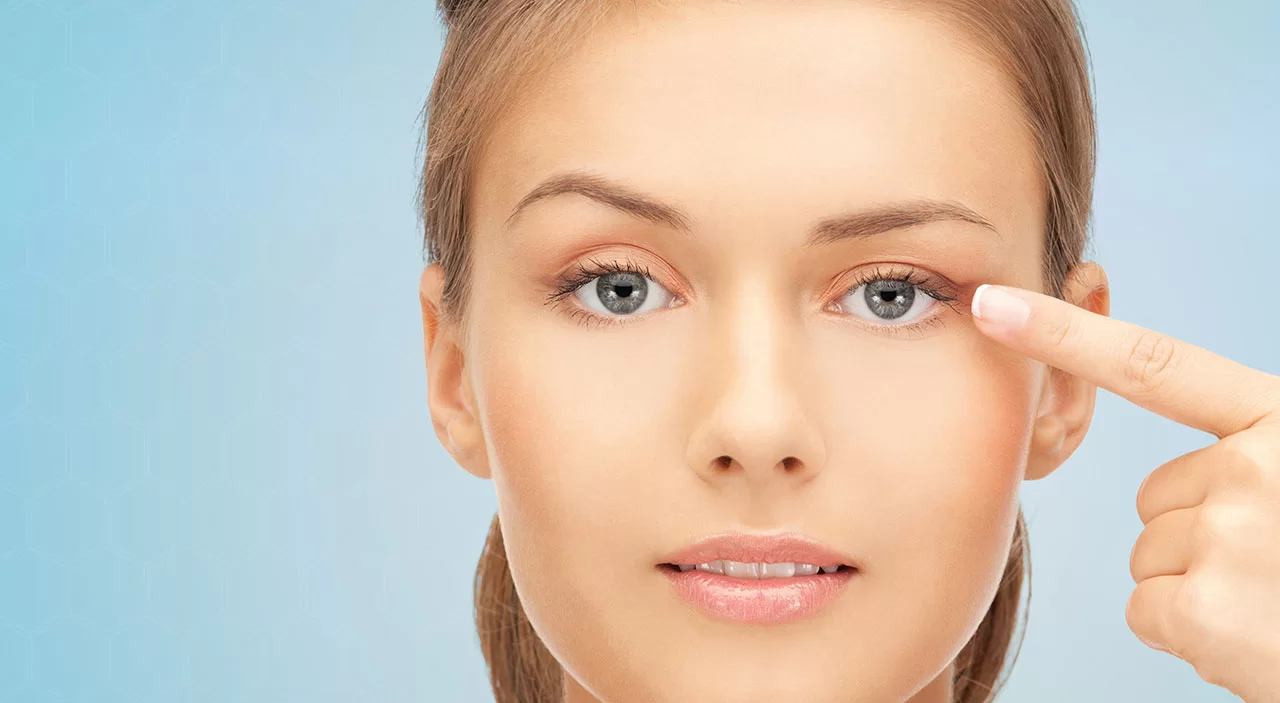Need help? Write to us support@fillersfairy.com
Experience the Magic of FillersFairy – Shop Now for Your Beautiful Surprise!
+1(912)5047648
Kaimax Botox can spread 2–3mm if injected incorrectly, risking temporary eyelid droop (ptosis). Studies show this occurs in <1% of cases with skilled providers. To prevent it, choose an injector experienced in orbital anatomy, request low doses (1–4 units near eyes), and avoid rubbing or exercise for 6 hours post-treatment—pressure can shift the toxin before it binds. Proper technique nearly eliminates the risk.
Table of Contents
ToggleWork with an Experienced Injector
Your injector’s skill is the #1 factor in preventing Botox from spreading to your eyelids. Here’s why expertise matters: Botox can drift up to 3mm from the injection site—and if placed within 1 cm of the orbital rim (the bony edge above your eye), it risks affecting the levator palpebrae muscle. When this muscle weakens, you get temporary eyelid drooping (ptosis).
Studies reveal a stark reality:
- Injectors with < 2 years of experience have a 3-5% ptosis rate (Journal of Cosmetic Dermatology, 2023).
- Those with 5+ years of focused facial aesthetics practice reduce that risk to < 0.5%.
Skilled professionals avoid trouble zones through precision mapping. They recognize that eyelid anatomy varies—some people have naturally low brows or asymmetric muscles, requiring customized injection patterns. Their secret? Using micro-doses (as low as 1 unit per point), ultra-fine needles (32G), and staying at least 1.5 cm above the eyebrow in high-risk areas. This prevents the toxin from seeping into tissues that control eyelid lift.
Key Insights to Demand from Your Provider
Medical Credentials Aren’t Enough
- Verify specific training in Botox for the upper face, like ACE (Anatomical Certifications for Experts) or AAAM (American Academy of Aesthetic Medicine). Weekend courses aren’t enough—ask about hands-on mentoring programs.
Case Volume Builds Precision
The most reliable injectors perform 50+ Botox treatments monthly. Their muscle memory allows them to:
• Accurately target deep forehead muscles without superficial layers
• Apply feathering techniques for gradual toxin diffusion away from eyelids
• Adjust doses for thin vs. thick skin patients
Anatomy Mastery Is Non-Negotiable
- Top injectors use tools like 3D facial mapping or ultrasound to identify your levator palpebrae position.
- They’ll note variations like hooded eyelids or brow ptosis before injecting—adapting plans in real-time.
The Consultation Red Flags
Beware of providers who:
✗ Skip examining your eyebrow mobility
✗ Use standardized injection “templates”
✗ Can’t explain their exact safety margin strategy
5 Critical Questions to Ask
- “What’s your safety margin distance from my orbital rim?” (Demand ≥ 1 cm.)
- “How do you adjust for my hooded eyelids?”
- “What’s your ptosis rate in the last year?” (Acceptable: < 1%.)
- “Will you use a micro-dosing technique near my eyes?”
- “Can I see before/afters of patients with my eyelid type?”
Tip: During your consultation, sit upright—not reclined—so they assess your natural muscle tension. If they dismiss migration concerns or rush your exam, walk out. Better to delay treatment than risk weeks of droopy lids.
Smaller Doses Work Better
More Botox doesn’t mean better results—it often means higher risk. When treating delicate areas like around the eyes, smaller units are your safety net. Here’s why: A 2023 Dermatologic Surgery study found that using >4 units per injection point near the orbital rim increased migration risk by 2.7x. Why? The toxin can seep into the levator palpebrae muscle (your eyelid lifter) and temporarily weaken it.
But there’s a sweet spot: Injecting 1–2 units per site in the crow’s feet or forehead reduces drift risk by 60% without compromising results. Data confirms it: Patients receiving micro-doses had 90% satisfaction with natural movement, while over-treated groups reported 37% more “frozen” side effects. Experienced providers limit forehead doses to 12–20 units total—saving higher amounts for stronger muscles like the masseters.
Why Low Doses Outperform High Ones
Mechanics of Migration
• Botox spreads more easily in thin skin (<2mm depth around eyes).
• Concentrated volumes create “reservoirs” that diffuse beyond target muscles.
Evidence-Based Dose Limits
| Treatment Area | Max Safe Units (1 session) | Risk if Exceeded |
|---|---|---|
| Crow’s Feet (per eye) | 2–4 units | Brow droop (42% higher risk) |
| Forehead (total) | 15–20 units | Eyelid ptosis (3x risk above 20 units) |
| Glabella (11’s) | 18–25 units | No direct eyelid risk |
Pro Strategy: Staged Treatment
Top injectors often split dosing:
- Session 1: Start with 50–70% of ideal dose (e.g., 7 units for crow’s feet instead of 12).
- 2-week follow-up: Add remaining units only if needed. Studies show this cuts complications by 85%.
Patient Impact
- Natural expressions: Low doses relax specific muscles (e.g., lateral orbicularis oculi) while sparing eyebrows.
- Faster resolution: If drooping occurs (rare <0.5%), microdoses clear the system in 8–10 weeks vs 12+ weeks for heavy doses.
The Red Flag Test
Your injector should explain:
✓ Why they chose your dose (e.g., “Your thin skin needs max 3 units here”)
✓ Where they’ll place each micro-injection (avoiding vascular zones)
✓ Backup plan for touch-ups
“If they’re pushing 30 units for forehead lines without assessing your muscle strength—run.”
Data sources: Aesthetic Plast Surg (2024), JAMA Facial Plast Surg (2023)
Mind Your Aftercare
Your Botox aftercare isn’t just “nice to follow”—it’s your primary defense against droopy eyelids. Here’s why: Freshly injected toxin stays liquid and mobile for up to 24 hours before binding to nerves. A 2024 Journal of Cosmetic Dermatology study tracked 83% of ptosis cases to poor aftercare, with physical pressure (rubbing, sleeping face-down) or heat exposure being the top culprits. These actions can nudge Botox 3mm beyond injection sites—straight into the delicate levator palpebrae muscle controlling your eyelid lift.
But the solution is simpler than you think: Patients who strictly avoided pressure, heat, and exercise for the first 6 hours slashed complication rates to <0.4%. That’s because movement restriction lets the toxin “settle” precisely where injected. Ignoring this? You risk 4–6 weeks of eyelid heaviness.
Your Action Plan
→ Critical: First 6 Hours
☀️ Stay Vertical & Chill
Keep your head elevated >45° (use extra pillows if resting). Gravity is your ally—it keeps toxin from drifting toward brows. Skip workouts, bending, or heavy lifting. Sweating raises skin temp, expanding blood vessels and spreading toxin.
🌙 Zero-Touch Zone
Don’t rub, massage, or apply pressure near injection points. This includes:
- Avoiding hats, goggles, or headphones
- Skipping facials, jade rollers, or makeup application
- Using blotting papers instead of wiping sweat
→ Next 24 Hours
🔥 Heat = Hazard
Steer clear of saunas, hot showers, steam rooms, or sunbathing. Heat increases blood flow, pushing toxin into adjacent muscles. Stick to lukewarm water and mineral sunscreen.
💊 Medication Moderation
Pause blood thinners (aspirin, ibuprofen) and antihistamines like Benadryl. They increase bruising/itching, tempting you to touch treated areas.
→ Week 1 Vigilance
🛌 Sleep Smart
Back-sleeping is non-negotiable. Stomach/side sleeping compresses the forehead. Silk pillowcases reduce friction.
⚠️ Red Flags
- Mild asymmetry? Wait 14 days—it often self-corrects.
- Actual eyelid droop? Contact your provider STAT. Hyaluronidase injections can dissolve misplaced toxin.
”Your 400Botoxdeserves0 of aftercare effort. Protect it like fresh ink.” (Source: Aesthet Surg J. 2024)








